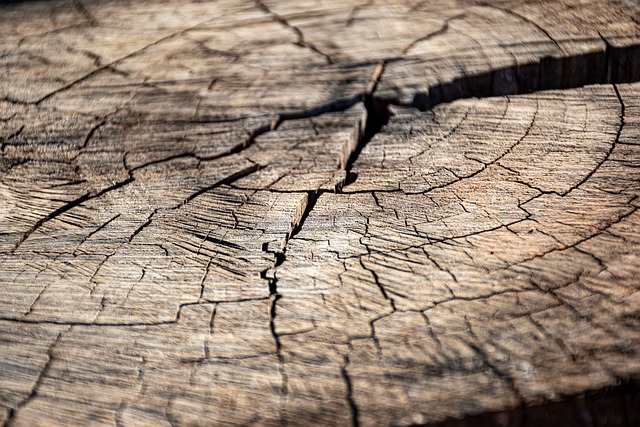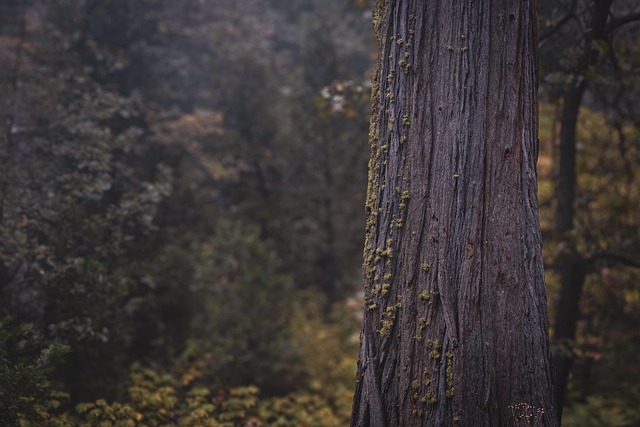In Plano, Texas, understanding tree diseases is key to maintaining a healthy urban forest. From mild cosmetic issues like powdery mildew to severe health hazards like root rot and fire blight, early detection through visual inspections is crucial. Treatment options include pruning, fungicides, fertilization, and pest control, recommended by certified arborists. Severe diseases or safety risks may require Plano TX Tree Removal, but proper care often restores tree health. Natural controls like beneficial insects and bird habitats also aid in disease management.
In Plano, Texas, understanding tree diseases is crucial for maintaining a healthy urban landscape. This article guides you through the intricacies of identifying common tree issues and offers insights into effective treatment strategies. We explore the delicate balance between tree removal and treatment, helping residents of Plano decide when to opt for each option. Learn about proactive disease management techniques to ensure your trees remain vibrant and robust, enhancing the beauty of your community, while also considering key aspects like Plano TX tree removal when necessary.
- Understanding Tree Diseases in Plano TX: Common Issues and Identification
- Tree Removal vs. Treatment: When to Opt for Each Option in Plano
- Effective Disease Management Strategies for Healthy Trees in Plano TX
Understanding Tree Diseases in Plano TX: Common Issues and Identification

In Plano TX, tree diseases can range from minor aesthetic issues to severe health problems that threaten the survival of the tree. Understanding common diseases and their early signs is crucial for effective treatment or, when necessary, Plano TX Tree Removal. Some prevalent issues include fungal infections like powdery mildew and root rot, as well as bacterial infections such as fire blight. These can be identified by symptoms like leaf discoloration, wilting, abnormal growths, or decay at the trunk, branches, or roots.
Visual inspection is often the first step in detecting tree diseases. Homeowners and landscaping professionals should look for unusual markings, textures, or discolorations on leaves, bark, and stems. Prompt identification allows for timely intervention using methods like pruning affected areas, applying fungicides or bactericides, improving soil drainage, or consulting with arborists who specialize in disease management. Early action can prevent the spread of diseases and ensure the long-term health of Plano’s urban forest.
Tree Removal vs. Treatment: When to Opt for Each Option in Plano

In Plano, TX, homeowners often face a dilemma when dealing with diseased or damaged trees: remove them or treat them? The decision between tree removal and treatment depends on several factors. One key consideration is the severity of the disease or damage. If a tree is severely diseased, structurally unsound, or poses a safety risk to nearby properties or individuals, tree removal might be the best course of action. Plano’s urban environment means that removing large trees requires careful planning and professional assistance to ensure minimal disruption to local ecosystems and neighboring properties.
On the other hand, if a tree is only moderately diseased or damaged, treatment options can help extend its life and preserve its aesthetic value. Treatment may include pruning, fertilizing, pest control, or fungicide applications, all aimed at addressing the specific issue afflicting the tree. However, it’s crucial to consult with certified arborists who can accurately diagnose the problem and recommend the most effective and sustainable solution for each unique case in Plano TX.
Effective Disease Management Strategies for Healthy Trees in Plano TX

In Plano TX, effective disease management is crucial for maintaining healthy trees. The first step involves proper identification of the specific disease affecting the tree. Different diseases manifest in unique ways, from fungal infections to bacterial infestations and pest damage. Once diagnosed, a tailored treatment plan can be implemented. This may include fungicides, bactericides, or organic solutions approved for use in Plano TX. Regular inspection and proactive maintenance are key; monitoring trees throughout the year enables early detection of potential issues.
Tree removal should only be considered as a last resort when disease or damage is severe and cannot be mitigated. Many times, proper care can restore a tree’s health. This includes adequate watering, balanced fertilization, and pruning to improve circulation and remove diseased branches. Additionally, maintaining a diverse ecosystem around the tree by planting beneficial insects and birds can naturally help control pests and diseases.
When it comes to diseased trees in Plano, TX, understanding the options available is key. By identifying common tree diseases and employing effective management strategies, homeowners can promote long-term health. While tree removal may seem like the final resort, exploring treatment alternatives first can save valuable landscapes. In Plano, knowing when to opt for removal or treatment ensures the best outcome for both trees and properties, making proactive care a must for any concerned homeowner.






